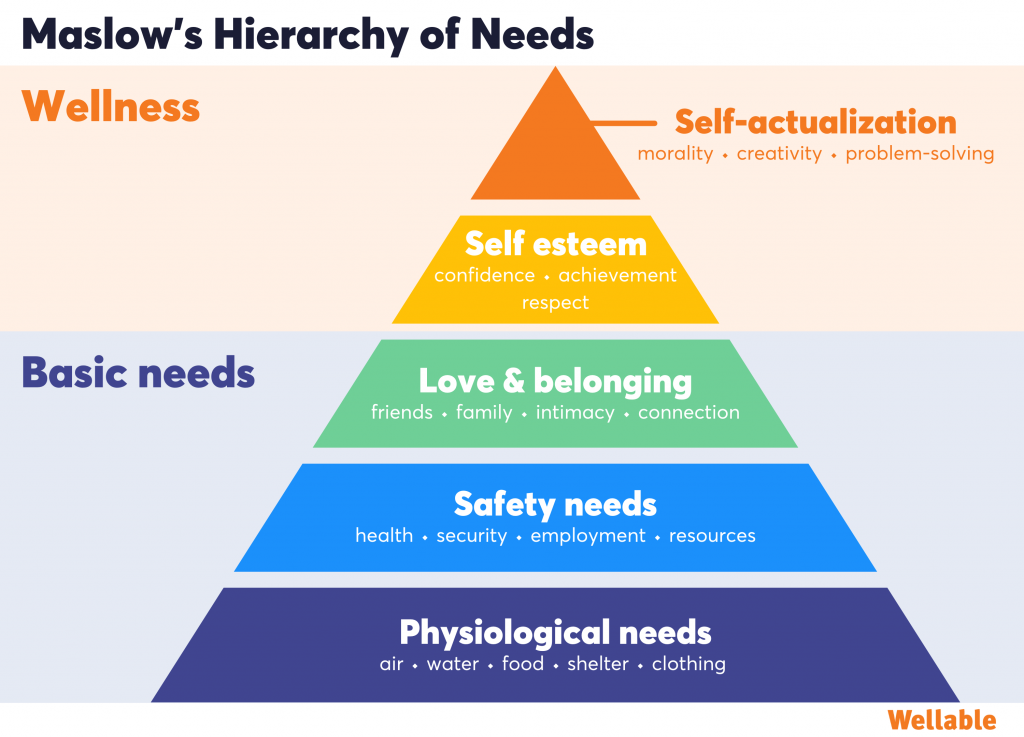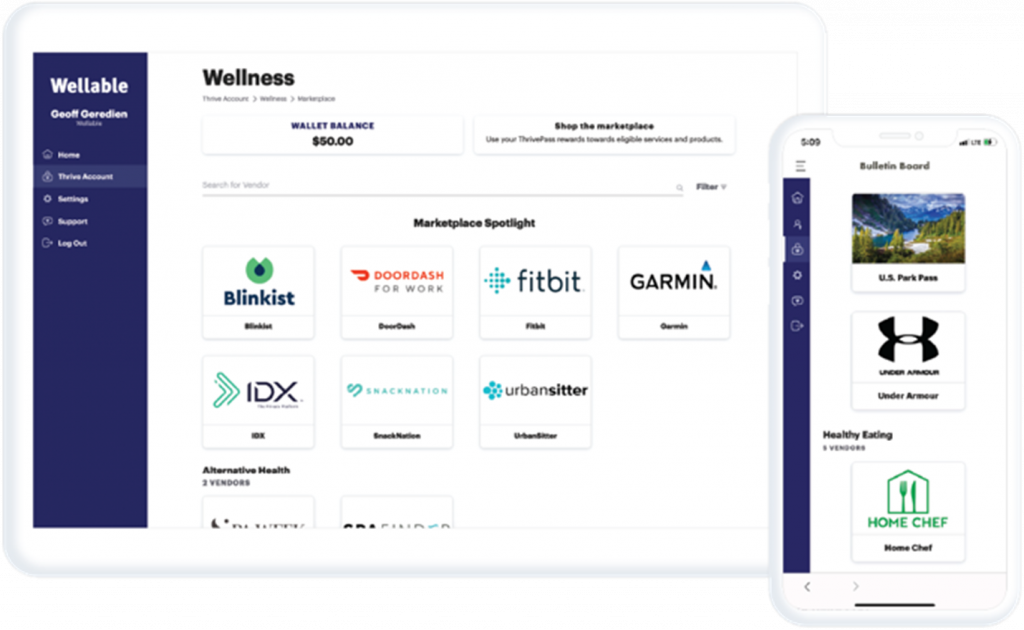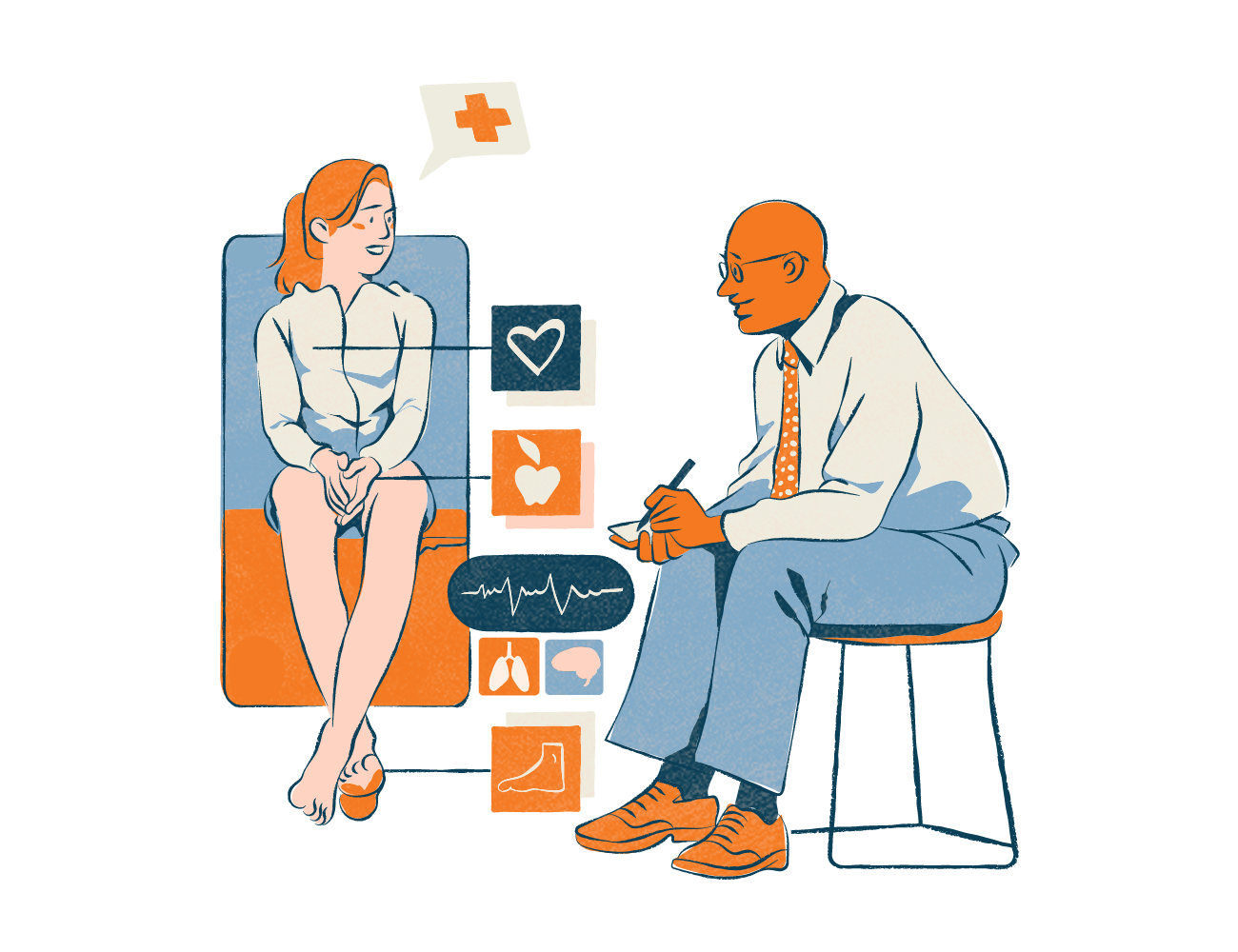Given that employee wellness is a predictor of numerous business outcomes, such as employee engagement, customer engagement, turnover, and workplace safety, companies must invest in their most valuable asset—employees—to achieve success.
One of the most effective ways to do this is to implement a holistic wellness program. By addressing all dimensions of well-being, these programs support employees’ health on every level, demonstrating authentic care and optimizing their work performance.

Pressed for time? Here’s a quick summary…
- Employee wellness programs benefits: Employee wellness programs deliver mutual benefits for both employees and employers, including enhanced health and productivity, lower stress and absenteeism, and improved retention and talent attraction.
- Employee wellness ownership: The success of an employee wellness program is a shared effort among HR (who designs, implements, and promotes wellness benefits), leadership and management (who advocate and participate), and employees (who provide feedback and engage in initiatives).
- Health insurance vs. wellness programs: Health insurance primarily offers financial coverage for medical expenses after health issues occur, while wellness programs proactively promote healthier lifestyles and disease prevention, complementing the benefits of health insurance.
- Measuring success: To measure the success of a wellness program, organizations should shift to a value-on-investment (VOI) framework. This is an alternative measurement approach to return on investment (ROI) that assesses the broader impact of programs beyond financial returns.
What are employee wellness programs?
Employee wellness programs, also known as worksite wellness programs or employee well-being programs, refer to a collection of initiatives within an organization that promote healthy lifestyles among employees and, in some cases, their spouses and dependents. These programs address various dimensions of well-being, including physical, mental, and financial health, and typically include offerings such as wellness challenges, stress management workshops, mental health resources, and more.
10 benefits of wellness programs for employees
Employee wellness programs offer numerous benefits for employees and employers alike, improving workplace dynamics and overall well-being.
1. Improves employee health
Effective employee wellness programs focus on long-term behavior change. By offering a variety of targeted initiatives, such programs motivate and reinforce the adoption and maintenance of healthy habits among employees. This goes beyond the traditional emphasis on physical fitness, resulting in a comprehensive strategy that ensures a well-rounded impact on employees’ quality of life.
Some key elements of healthy behaviors include:

- A balanced diet
- Regular physical activity
- Stress management
- Quitting or limiting substance use
- Getting adequate sleep
- Maintaining healthy social relationships
- Pursuing personal growth and purpose
- Following good financial wellness practices
Many employee wellness initiatives cover multiple facets of health. For instance, introducing on-site fitness classes in a wellness program can promote physical activity, alleviate stress, and strengthen connections among employees, thereby addressing physical, mental, and social well-being. This holistic approach leads to improved health outcomes and nurtures a vibrant, thriving workforce.
2. Boosts engagement & productivity
Employees are engaged when a company feels more like a community than a production hub. By prioritizing employee well-being, wellness programs demonstrate an organization’s genuine care for its staff and bring team members together. Participating in shared challenges, activities, and healthy workplace rituals cultivates community, support, and motivation within the workforce.
When employees feel their best, they perform their best. Employees with excellent well-being are less hindered by physical ailments, mental health issues, financial stress, feelings of loneliness, and lack of purpose. While personal struggles are inevitable, wellness programs equip employees with the resources to confidently bring their best selves to work, boosting overall productivity.
3. Alleviates stress

Wellness programs can play a pivotal role in reducing stress levels. Stress management, mindfulness, and meditation workshops provide employees with practical coping strategies to manage daily stressors, improving health and productivity.
Workplace stress frequently results from burnout, often stemming from a lack of work-life balance. Wellness programs highlight the importance of caring for all aspects of one’s well-being rather than limiting the focus to professional contributions.
4. Reduces absenteeism
A safe and healthy workplace reduces the frequency of absences due to injuries and illnesses. Consider some examples of initiatives offered through wellness programs that can help reduce absenteeism:
- Flu shots: Offering preventive health services like flu shots help employees avoid getting sick and missing work.
- Clinics and telemedicine: Access to on-site or near-site clinics or telemedicine services provide timely medical attention, reducing the need for prolonged absences due to health issues.
- Health coaching: Health coaches draw upon employees’ existing strengths to guide them toward the autonomous decision to improve their health. This builds a sense of ownership and sets employees up for sustained behavior changes, reducing the likelihood of future injuries or illnesses.
5. Improves morale
Maslow’s hierarchy of needs is a well-known model that illustrates essential human needs. The bottom of the pyramid represents basic needs to sustain life. As individuals move up the pyramid, the focus shifts to fulfilling desires that make life rewarding and purposeful.

Wellness programs demonstrate that employers value their employees as individuals, not just as workers. Through wellness initiatives, employees learn to take ownership of their health, develop problem-solving skills, and boost self-esteem. These benefits contribute to improved morale, providing a sense of fulfillment and engagement both in and out of the workplace.
6. Supports employee retention & recruitment
Wellness benefits are no longer a “nice-to-have” perk but a “must-have” essential for employers looking to attract and retain top talent. When choosing an employer, 87% of employees consider health and wellness packages to be important factors. As employees continue pursuing more than just job security, wellness programs act as a crucial selling point for jobseekers and a tool to ensure the loyalty and satisfaction of current employees.
The integration of lifestyle spending accounts (LSAs) into wellness programs can further boost program appeal. These accounts empower employees to allocate funds to wellness expenses of their choice. Organizations can provide additional LSA credits as incentives for employees who meet program goals or participate in health initiatives. This promotes participation and offers greater personalization, autonomy, and flexibility in wellness programs.


7. Builds teamwork
Wellness programs encourage employees to bond over their pursuits for better health. This builds a culture of accountability, trust, and support that transcends beyond the program. Workplace wellness team-building activities and challenges promote camaraderie, improving communication and collaboration in the workplace.

8. Boosts company image
Organizations that embody a “people first” approach are recognized as responsible and forward-thinking, positioning them as industry leaders. Those that invest in comprehensive wellness programs turn this philosophy into practice, translating into a thriving corporate culture and positive brand perception.
9. Aids in managing high-cost health conditions
Employee wellness programs can help in managing chronic health conditions such as obesity or diabetes, which often require ongoing, costly medical attention. Tailored wellness programs, especially those with access to professionals like health coaches or nutritionists, can encourage healthy behaviors catered to specific conditions.

Although a definitive link between wellness programs and reduced healthcare costs is not conclusively proven, it’s plausible that by proactively addressing high-cost health conditions, these programs might contribute to lower healthcare expenses for both employees and employers.
10. Increases resilience
Resilience, the ability to bounce back from challenges and adapt to change, is essential for personal and professional growth. Wellness programs help build resilience by equipping employees with the tools needed to handle stress, overcome obstacles, and maintain productivity in adverse situations. Consider the following examples of how wellness programs can foster resilience:

- Maintaining a fitness routine: Regular exercise, often promoted in wellness programs, requires dedication and perseverance. Overcoming a difficult workout builds mental toughness that can translate into handling work-related challenges with similar determination.
- Healthy habit building: Establishing and maintaining healthy habits, such as regular sleep patterns or mindfulness practices, promotes routine and time-management skills. These components can help employees to better manage their work responsibilities, especially when dealing with complex or long-term projects.
- Eating well: Wellness programs often emphasize the importance of nutrition. Maintaining a balanced diet requires discipline, which can be an asset in the workplace.
- Stress management techniques: Applying stress management techniques can help employees stay composed in high-pressure work situations, allowing for more effective problem-solving.
Do wellness programs work?
Wellness programs can significantly improve employee well-being and performance when executed thoughtfully. Companies with corporate wellness programs report a 16% increase in employee satisfaction and a 30% increase in productivity. Additionally, 72% of employers see a reduction in healthcare costs after implementation.
However, not all wellness programs deliver the expected results. Many fail because they focus on surface-level initiatives, such as meditation sessions or yoga classes, without addressing the core workplace practices and policies that underpin well-being.
Organizations must prioritize reasonable workloads, competitive compensation, career growth opportunities, and work-life balance (e.g., through flexible work arrangements). When these foundational elements are in place, wellness programs can complement and reinforce a culture that drives lasting well-being.
Metrics to measure the return

To measure the success of a wellness program, consider shifting to a value-on-investment (VOI) framework. While return on investment (ROI) is a popular way to justify funding, it does not capture the full scope of a wellness program’s value. VOI achieves a complete view of program effectiveness beyond dollar-to-dollar cost, encompassing a broad range of advantages. These include the benefits highlighted in this article, all of which impact an organization’s bottom line long term.
Who owns employee wellness?
While the ownership of worksite wellness programs typically falls under the responsibility of the human resources (HR) department, sharing the effort among HR, leadership/management, and employees can help ensure the program’s success:

- HR’s key responsibilities include:
- Design: HR creates wellness programs that cater to the diverse needs of the workforce. This involves researching and selecting wellness initiatives that align with employee preferences and company culture.
- Implementation: HR is responsible for the rollout of wellness programs, including managing logistics, coordinating with vendors, and ensuring accessibility for all employees.
- Promotion: HR must communicate the benefits and details of wellness programs to employees through emails, meetings, or wellness portals, along with organizing events to raise awareness.
- Leadership and management’s role involves:
- Support and promotion: Leaders and managers can endorse wellness programs by communicating their value and recognizing active participation.
- Participation: When leaders participate in wellness initiatives, it sets a positive example and motivates employees to follow suit.
- Resource allocation: Leadership must ensure that sufficient resources—budget, time, and facilities—are allocated for wellness programs and that initiatives align with the company’s policies and values.
- Employees’ role involves:
- Feedback: Providing feedback on existing programs and sharing preferences for future initiatives helps HR and management tailor wellness offerings to better meet employee needs..
- Active engagement: The success of wellness programs largely depends on employee participation. By actively engaging in initiatives, employees contribute to creating a culture of wellness within the workplace.
How do wellness programs differ from simply offering health insurance?
Wellness programs and health insurance both aim to promote employee health and reduce healthcare costs, but they differ in their approaches and functions.

Health Insurance
Health insurance primarily provides coverage for medical expenses that arise due to illness or injury. Its role is more reactive, offering financial support for treatments after health issues have occurred. Most insurance plans also include preventive care, such as annual physicals and flu shots, which aid in disease prevention and health maintenance. These measures also contribute to better privacy practices, as they typically do not require employers to store sensitive medical data.
Wellness Programs
Wellness programs focus on preventing health problems by promoting healthier lifestyles and proactive health management. They offer various resources aimed at improving employee health, such as fitness programs, mental health services, smoking cessation programs, and nutrition education. Additionally, many wellness programs provide incentives such as rewards or discounts to encourage participation in healthy activities and achievement of specific health goals.

Interplay & Complementary Roles
Organizations often use the resources provided by health insurance plans to enhance their wellness programs, particularly in areas such as disease management and prevention. For instance, insurance plans that cover diabetes prevention programs can be integrated into an organization’s broader wellness efforts, promoting healthy behaviors and reducing health risks. Organizations can also use insurance-provided wellness dollars, which are funds for health and wellness programs, often at a reduced cost (or even for free). This complementary relationship creates a more comprehensive approach to employee well-being.
This article was last updated on February 3rd, 2025













